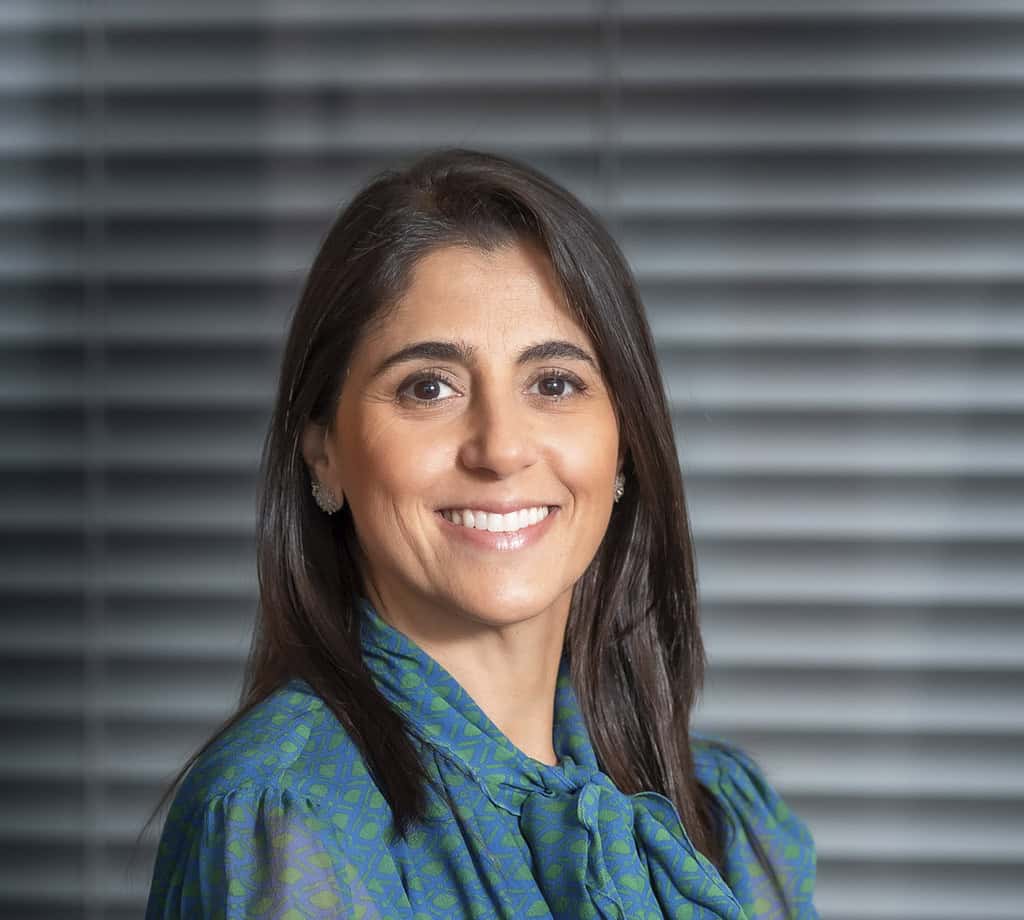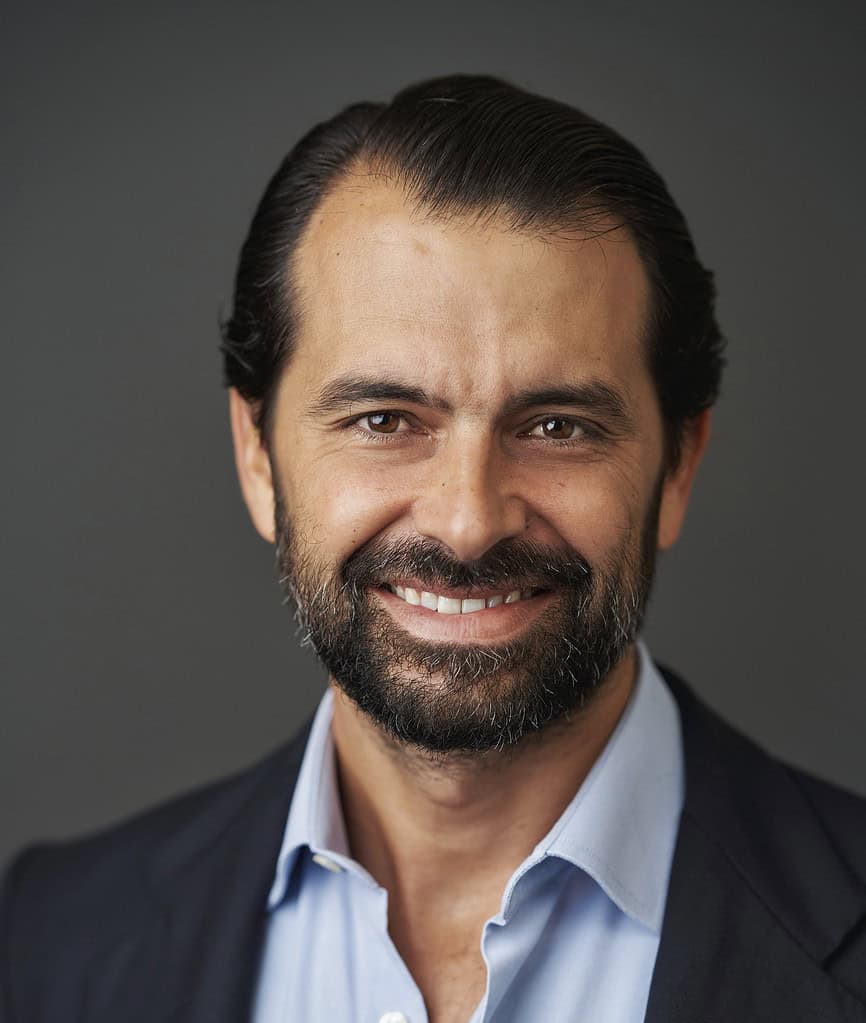The race for Latin America and the Caribbean’s super-rich assets continues as global powers compete with local giants.
Multinationals and giant private banks are increasingly looking to Latin America as a cornerstone of their growth strategy.
Recently, global giants including Citi, UBS, BBVA and Santander have revamped their teams and opened new divisions in the region as they seek to leverage their leading global offerings to capture a larger share of the wealth pie. Meanwhile, local players such as BTG Pactual and Bradesco are opening their wallets to expand their services across asset classes and geographic coverage.
The big prize is the emerging market, which is projected to reach $1.3 trillion in assets by 2029, according to a recent report from Research and Markets. “Banks need to grow, and there’s little room for that right now in markets like China or Europe,” explains William Trout, director of securities and investments at Datos Insights.
Getting to the pot of gold at the end of this particular rainbow, however, may prove challenging as the investment preferences of Latin America’s super-rich become increasingly sophisticated.
“As people get richer, their needs become more global,” says Alfonso Castillo, global head of Santander Private Banking. “They are inclined to increase investments in hard currency while seeking a more complex and comprehensive value proposition.”
Complexity of Wealth
These changing demands are not replacing, but rather exacerbating, “the complexity of wealth in Latin America,” Trout argues. “The interplay between business and family, and the way the relationship is structured, makes the situation particularly challenging, and good planning becomes imperative.”
The region is also facing structural changes in both demographics and wealth, says Antonio Gonzalez, head of Latin America at Citi Private Bank. “Women already control more than half of the financial decisions in the business ecosystem in several countries, driving more diverse and deep decision-making when it comes to preparing the next generation of wealth owners.”
Moreover, as client needs become more complex and global, traditional family offices are increasingly turning to large banks for support in carrying out some of their functions.
“While a family office has many advantages, it does not always have the same scale and resources as a private bank,” says Santander’s Castillo. Last year, Citi Bank’s own research found that only 30% of investments by family offices in Latin America were in their own region, compared with 80% of investments from their peers in the US and 54% from Europe, the Middle East and Asia. remained within their geographical boundaries.
However, despite banks’ growing ability to provide more specialized services, there is no sign that the family office model is abandoning it. “I don’t see banks gobbling up family offices anytime soon,” says Trout of Datos Insights. In fact, according to a recent Capgemini study, the number of single-family offices in Latin America serving exclusively one family has grown by as much as 200% over the past decade.
The stakes are getting higher
To meet the many evolving needs, banks are making huge investments in the region.
Under Gonzalez’s leadership, Citi Private Bank recently developed an ambitious plan to double its presence in Latin America.
“Given the projected wealth growth in the region,” he says, “we believe it is possible to double our business in Latin America in the medium to long term by focusing on UHNW (ultra high net worth) individuals and families.” at least $25 million.”
Boosted by Credit Suisse’s takeover early last year, Swiss powerhouse UBS recently spun its Latin America division into an independent unit, “recognizing its significantly increased size and potential,” the bank said in a memo.
Likewise, Santander has added 90 new private bankers to its Miami and Mexico office focused on Latin America. The Spanish financial services giant expects assets under management (AUM) to reach 500 billion euros ($556 billion) by 2025 and believes the bulk of that growth will come from Latin America.

In an effort to boost already growing customer demand for global investment products, Brazilian giant BTG Pactual has launched a massive acquisition campaign. The bank recently acquired MY Safra Bank, headquartered in New York, and completed the acquisition of FIS Privatbank in Luxembourg. BTG has also opened offices in Miami, Portugal and Spain.
The bank is firmly focused on its offshore business, where it expects to reach $30 billion in AUM by next year, according to Rogerio Pessoa, head of asset management.
Bradesco Private, another local giant, has followed a similar path. Focusing on improving its offshore offering, the Brazilian bank increased its investment in Luxembourg and acquired BAC Bank in Miami, Florida, which is now renamed Bradesco Bank.
Also placing offshore at the center of its growth strategy, BBVA Private opened a new advisory office in Miami in March, entirely focused on Latin America. The Spanish powerhouse also revealed plans to expand its private banking units in Brazil and Chile, two countries where it lags rivals.
“Due to higher levels of policy uncertainty in Latin America, we find a strong preference for offshore assets,” says Citi’s Gonzalez.
However, many clients are still looking for geographic protection without going abroad, said Juliana Laham, chief investment officer at Bradesco Global Private Bank. “Offering global portfolios through local investments has proven to be a highly successful strategy,” she says. “In these cases, choosing between dollar strategies remains an interesting option.”
Caribbean logs
As Latin America becomes a key battleground for the super-rich, the same cannot be said for the Caribbean. Increased banking regulation in the US and the region has made it difficult for several key players to maintain their operations.
According to the Economist Intelligence Unit, the “de-risking” trend has seen about 40% of correspondent banks flee the region over the past 15 years, reducing their access to global financial offerings.
“The offshore island market is becoming increasingly fragmented around the world as the US becomes increasingly interested in closing financial loops,” Trout says. “This does not bode well for the region, given that much of its AUM growth is not organic to the region as it is to Latin American wealth.”
Improving coverage may not be enough
One side effect of growing demand is that customers are turning to more banks at the same time. A Capgemini research institute paper published in 2023 found that wealthy individuals maintain relationships with an average of seven wealth management firms, up from three before the pandemic.

Against this backdrop, banks are stepping up their game when it comes to customer retention.
“It’s not just a matter of presence and scale,” says Alfonso Castillo, global head of Santander Private Banking. “The value proposition includes innovative global investment products and extends beyond private banking services such as corporate banking, real estate advisory and day-to-day banking.”
“Banks that do not offer the necessary expertise in trust, philanthropy and even very specialized asset classes such as alternatives are at risk of failure,” warns Trout.
Against this backdrop, the industry is increasingly prioritizing services and integrated planning as central components of its offering, aiming to strengthen customer loyalty in the long term.
However, Trout notes, figuring out the staffing model may be the biggest challenge for banks looking to “support very specialized needs without losing costs.”
The solution to this problem may lie in technology, says Gonzalez: “Artificial intelligence can create models based on a client’s investment preferences and past behavior, then make recommendations and dynamically rebalance the portfolio based on new information or changing market conditions to correct any deviations from the core strategy.” . As a result, advisors can focus on the person-specific aspects of client relationships: making important decisions, building trust, and understanding clients’ needs and goals.”
